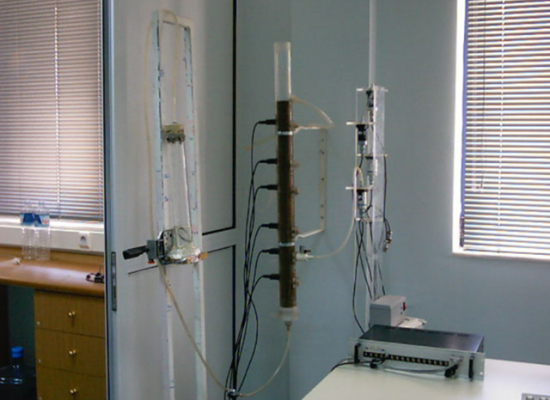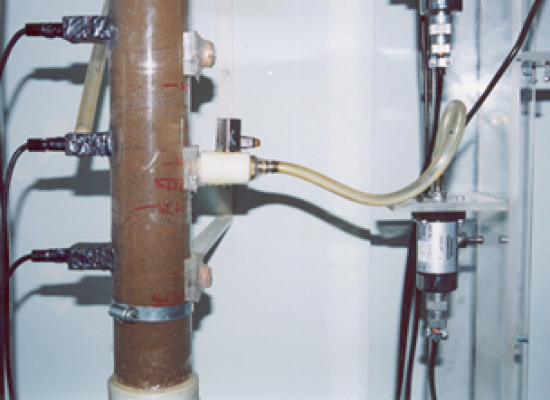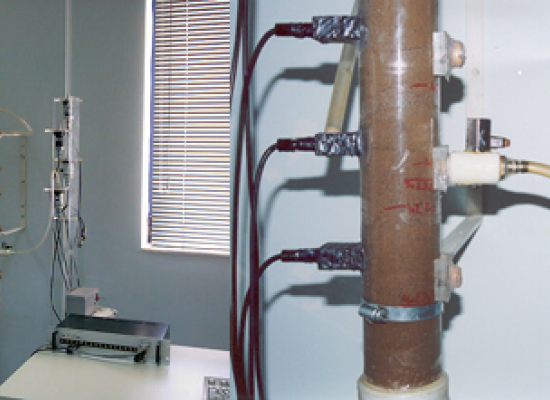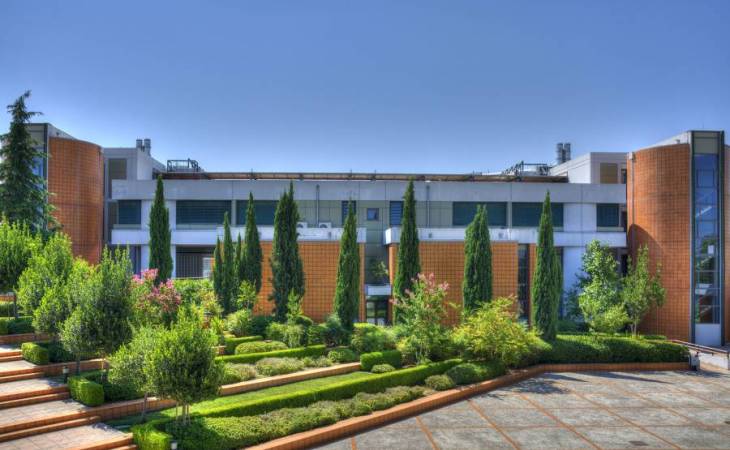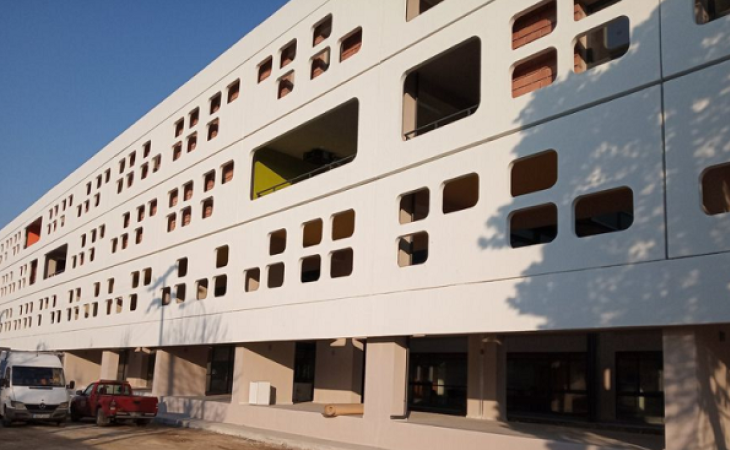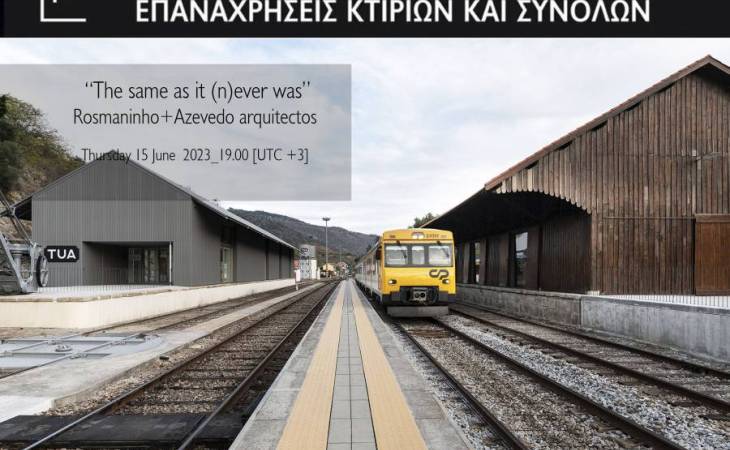UNIVERSITY OF THESSALY
School of Engineering - Department of Civil Engineering
Series of Scientific Lectures
Academic Year 2022-2023
Estimation of hydraulic parameters using laboratory experiments and simulation models
Dr. Anastasia Angelaki
Lab. Teaching Stuff, University of Thessaly, Volos, Greece
Wednesday 11/1/2023, Time: 11:15
Room A
Live Streaming:
Abstract: Series of laboratory experiments and mathematical modeling that led to estimation of crucial hydraulic parameters which play significant role to water motion into different soil types are going to be presented. Firstly, experiments were carried out, in order to obtain the particle size distribution of the porous media, while basic hydraulic parameters were determined, such as saturated hydraulic conductivity, soil moisture at saturation, etc. Subsequently, two circles of experiments were carried out: During the first circle, the incoming water volumes were measured, while at the same time, soil moisture at various depths was recorded via electromagnetic waves (TDR). Cumulative infiltration curves and soil moisture profiles were extracted and comparison of the infiltrated water volumes with the volumes that came out from the integration of the moisture profiles was derived. At the second experimental circle, soil moisture along with soil pore pressure was measured and recorded using a ceramic capsule-pressure transducer system, during drainage and imbibition processes.
Comparative evaluation of two infiltration models was held using the experimental data, while the effect of the hydraulic parameters on water motion was investigated. Also, the characteristic curves of the 1st drainage, the 2nd imbibition and the 2nd drainage were extracted and the not-injective relationship of soil moisture-pressure was confirmed. Specific software was used to simulate the imbibition process and the hydraulic parameters that affect the shape and form of the characteristic curve were derived. In addition, hydraulic capacity (C), diffusivity (D), unsaturated hydraulic conductivity (K) and sorptivity (S) were also determined using algebraic, numerical and graphical methods. Theoretical research on the mathematical models that were used, along with the correlation of the experimental results with the predictions of the theoretical research was also carried out. Finally, the results of a recent research (2022) will be presented, where the above methods have been extended to soils contaminated with heavy metals, in order to investigate the impact of the presence of the heavy metal cation

